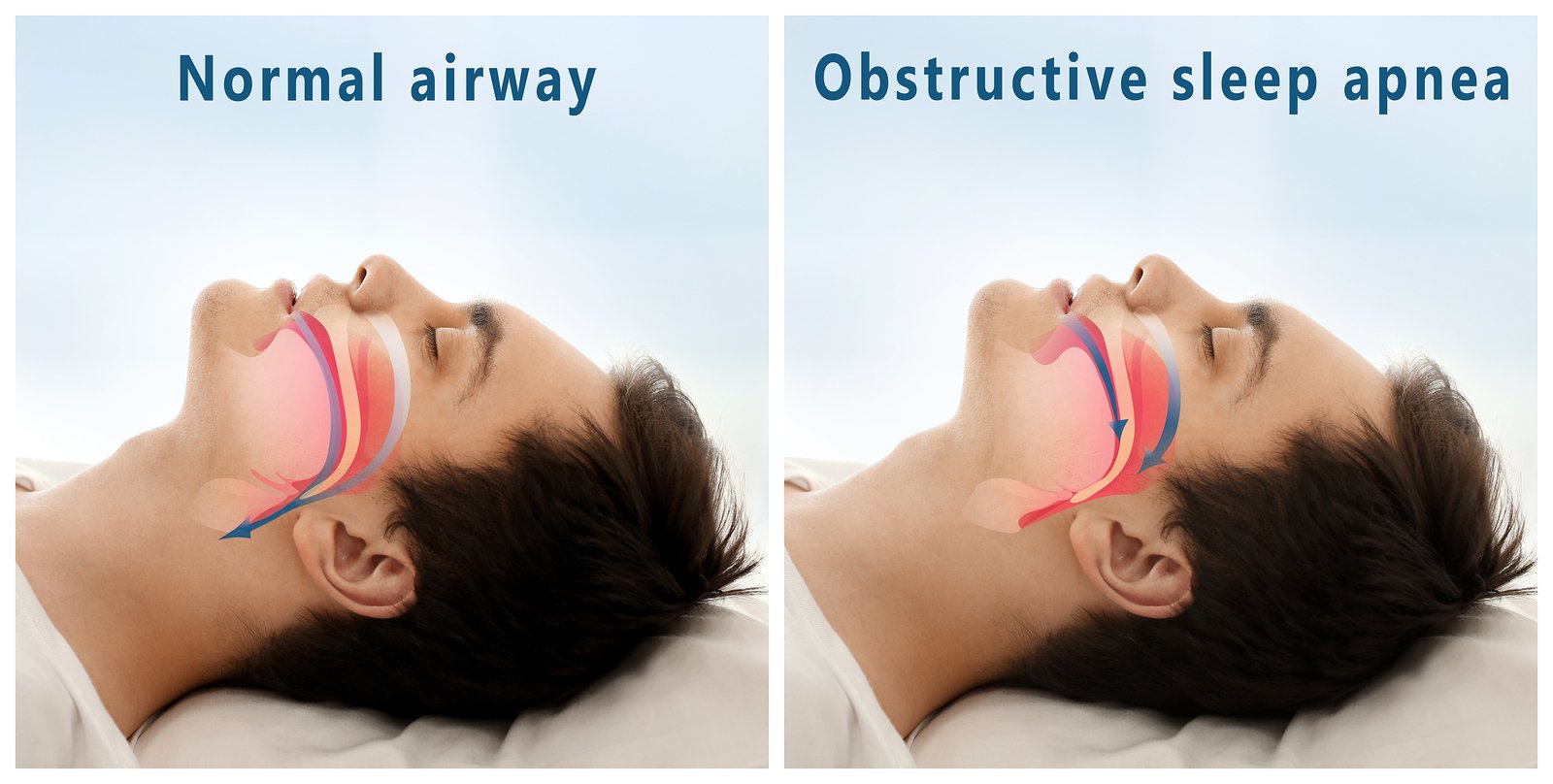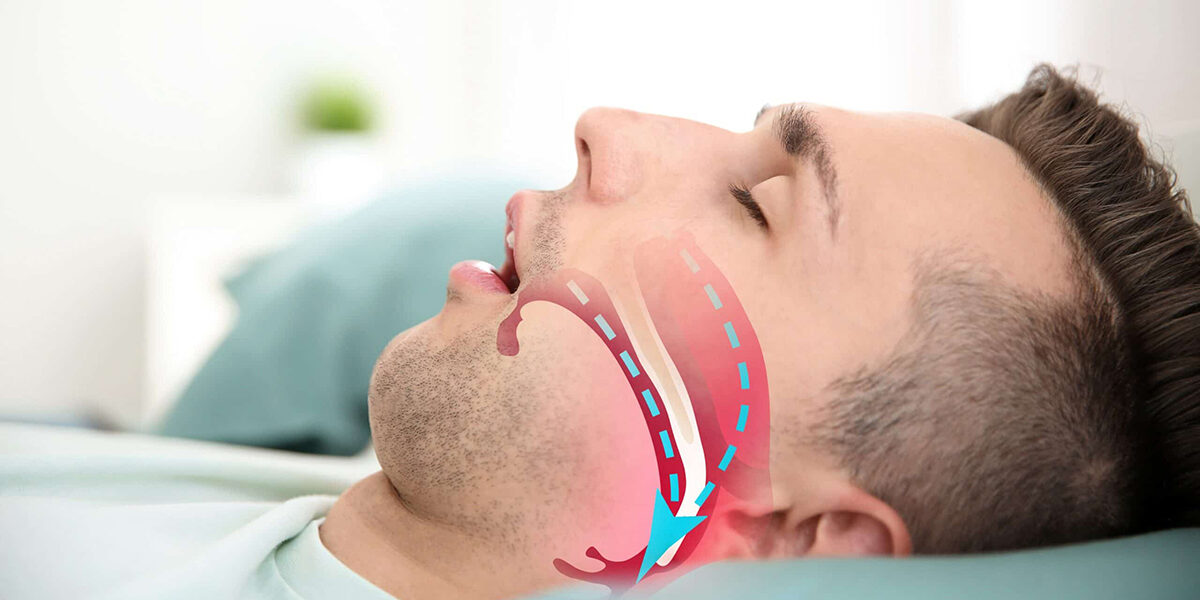6 important points about Dental Assistance with Sleep Apnea
Sleep is essential to ensure that we function as our best selves. For those who suffer from sleep apnea, however, getting a good night’s rest can be difficult to achieve.
According to the Better Health Channel:
“Sleep apnea occurs when the walls of the throat come together during sleep, blocking the upper airway. Breathing stops for a period of time (generally between ten seconds and up to one minute) until the brain registers the lack of breathing or a drop in oxygen levels and sends a small wake-up call. The sleeper arouses slightly, opens the upper airway, typically snorts or gasps, then drifts back to sleep immediately.
In most cases, the person suffering from sleep apnea doesn’t even realize they are waking up. This pattern can repeat itself hundreds of times every night, causing fragmented sleep. This leaves the person feeling unrefreshed in the morning, with excessive daytime sleepiness, poor daytime concentration and work performance, and fatigue. It’s estimated that about five per cent of Australians suffer from sleep apnea disorder, with around one in four men over the age of 30 years affected.”
Common Symptoms
Below we will list a few symptoms to look out for to see if you are amongst those who suffer from sleep apnea.
• Intense fatigue
• Irritability and mood changes
• Using the restroom frequently at night
• Poor concentration
• Daytime sleepiness, fatigue, and tiredness
• Impotence and reduced sex drive
When taking the severity of sleep apnea into account, it is imperative that one obtains the proper treatment as it pertains to this condition.

Treatment Options
There are known connections between sleep apnea, alcohol, and obesity. With that being said, lifestyle changes are one of the initial means of addressing this condition.
Additionally, medical teams will look to the use and implementation of a CPAP mask or a dental splint.
A CPAP has three main components: a mask, an air pump, and a tube that connects the two.
According to the Sleep Health Foundation, the idea is that: ”the pressure of the air keeps the throat open while you are sleep.”
Although the masks are designed with comfort in mind, some users still find that cannot used to wearing one. When mask wearing becomes difficult, wearing an oral appliance from the dentist may be the right choice (specifically for those who suffer from mild to moderate sleep apnea).
Your dentist will customize a splint that you wear as you sleep. The splint works by pushing your lower jaw forward so that your throat opens, thus reducing the risk that it will vibrate (snore) or obstruct.
Pros of Dental Splints
Dental appliances are non-invasive, removable, non-bulky, and quiet. Unlike CPAP machines, dental appliances also allow free jaw movement, drinking, speaking, and yawning while in use.
Dental appliances are often the first choice for those who find CPAP to be uncomfortable.
Furthermore, dental splints are painless and non-obstructive.
Conclusion
While it can be difficult to receive a sleep apnea diagnosis, it is a manageable condition with the proper treatment.
If you find that a CPAP machine is uncomfortable for you, it would be a great next step to visit us so that we can conduct a sleep study and assess your suitability for a dental splint.







